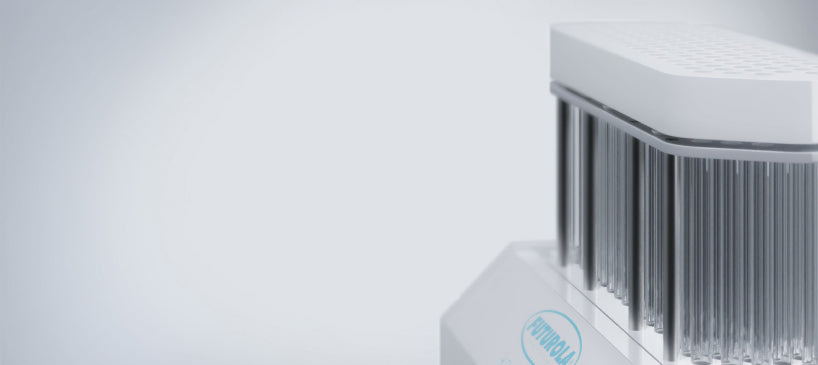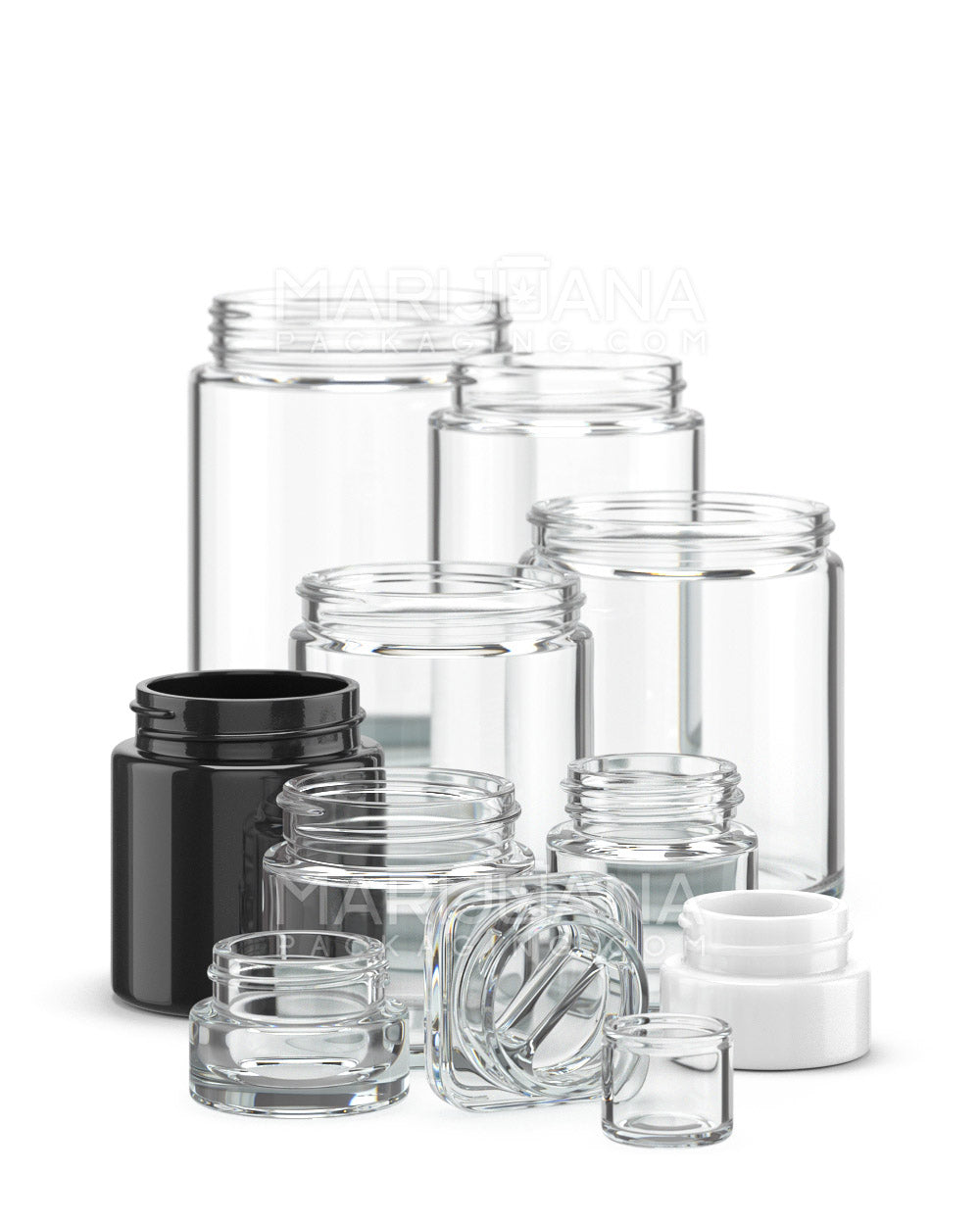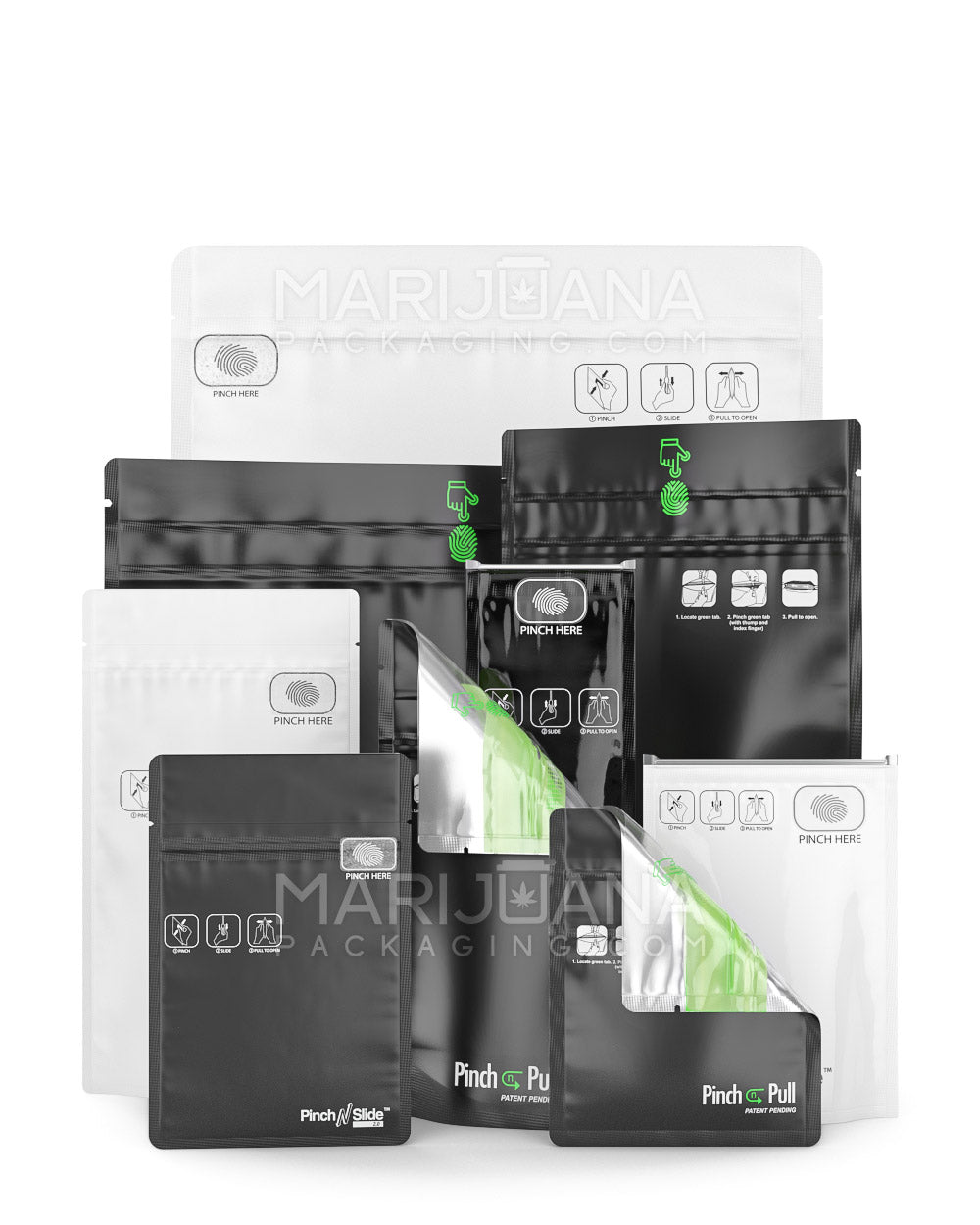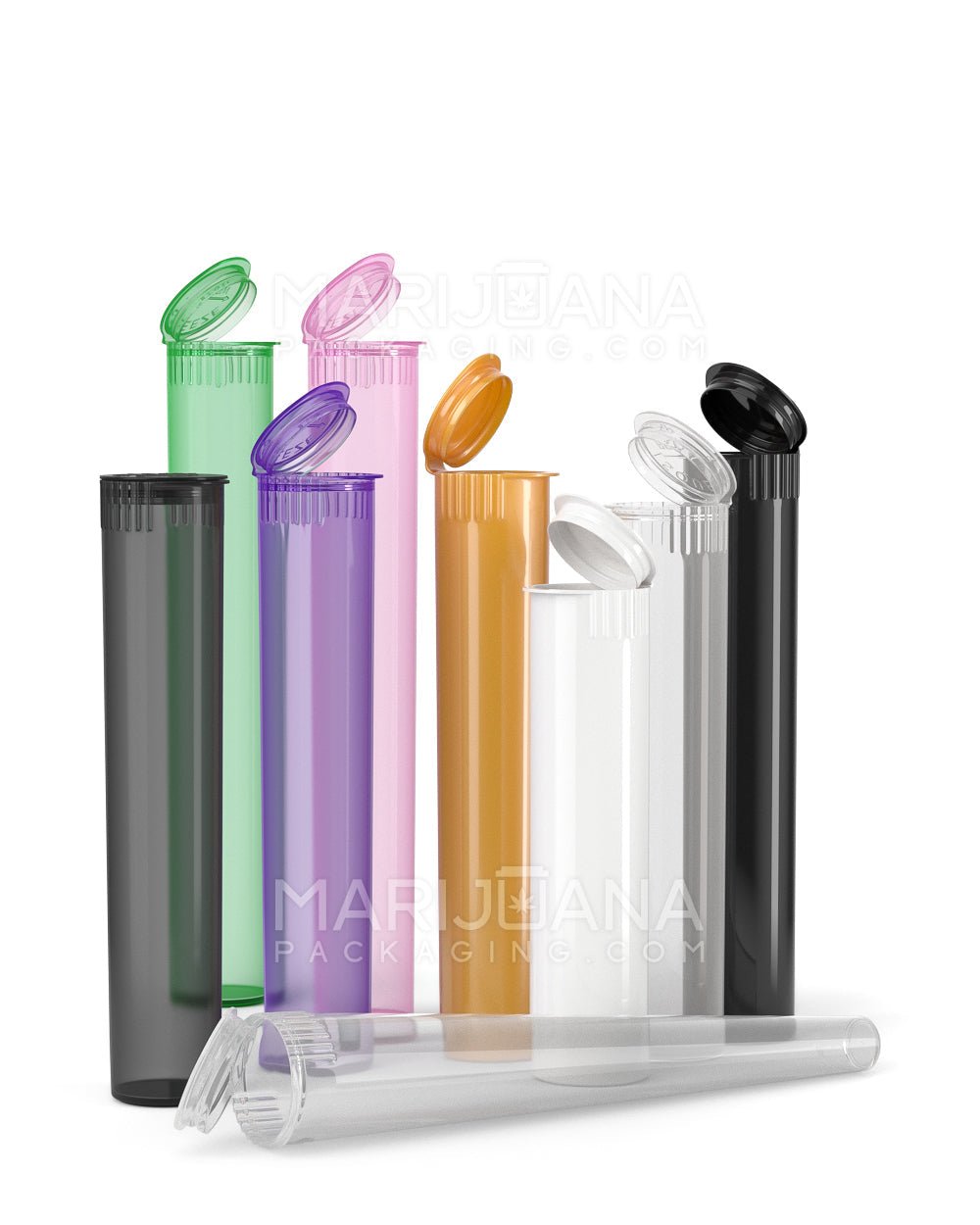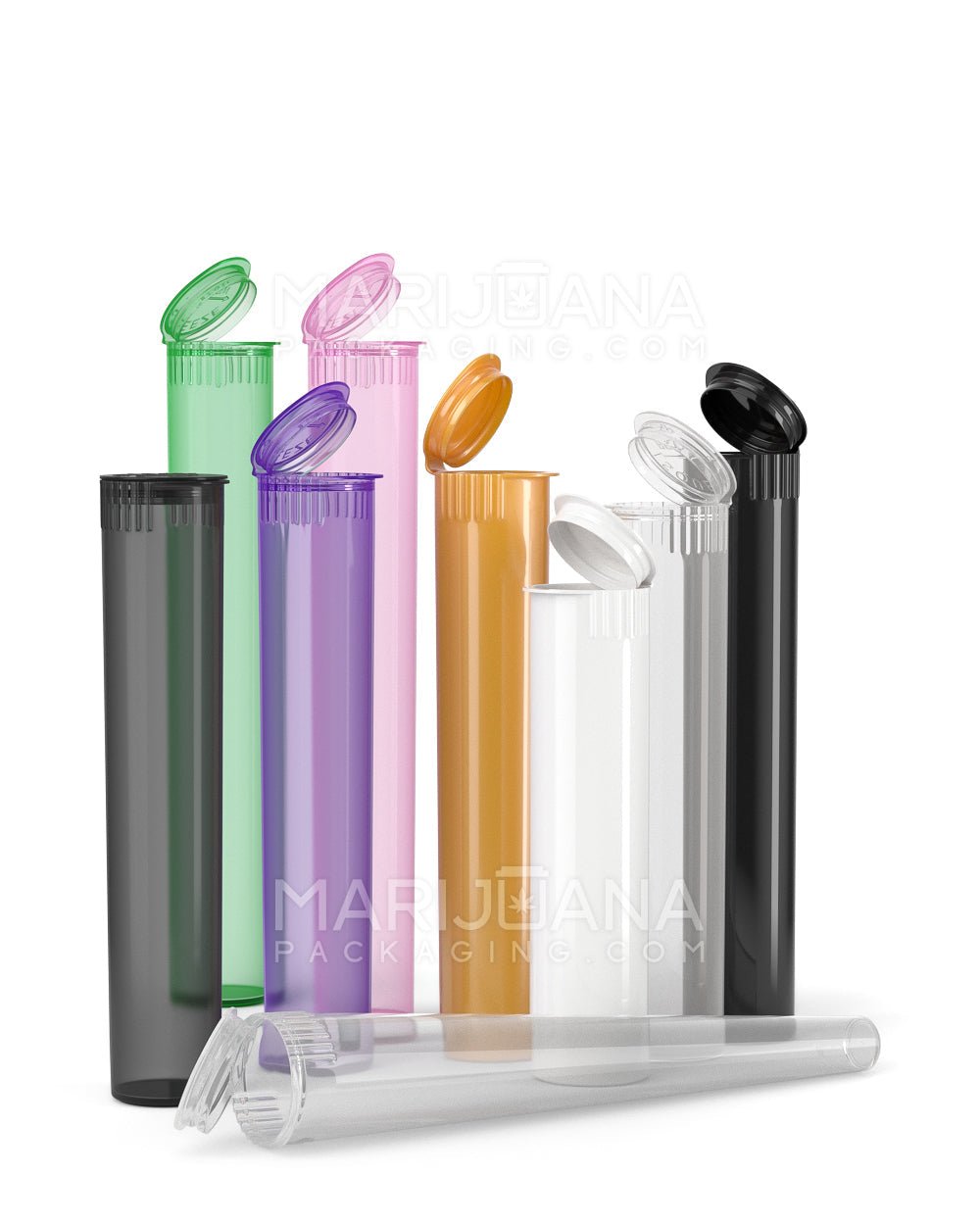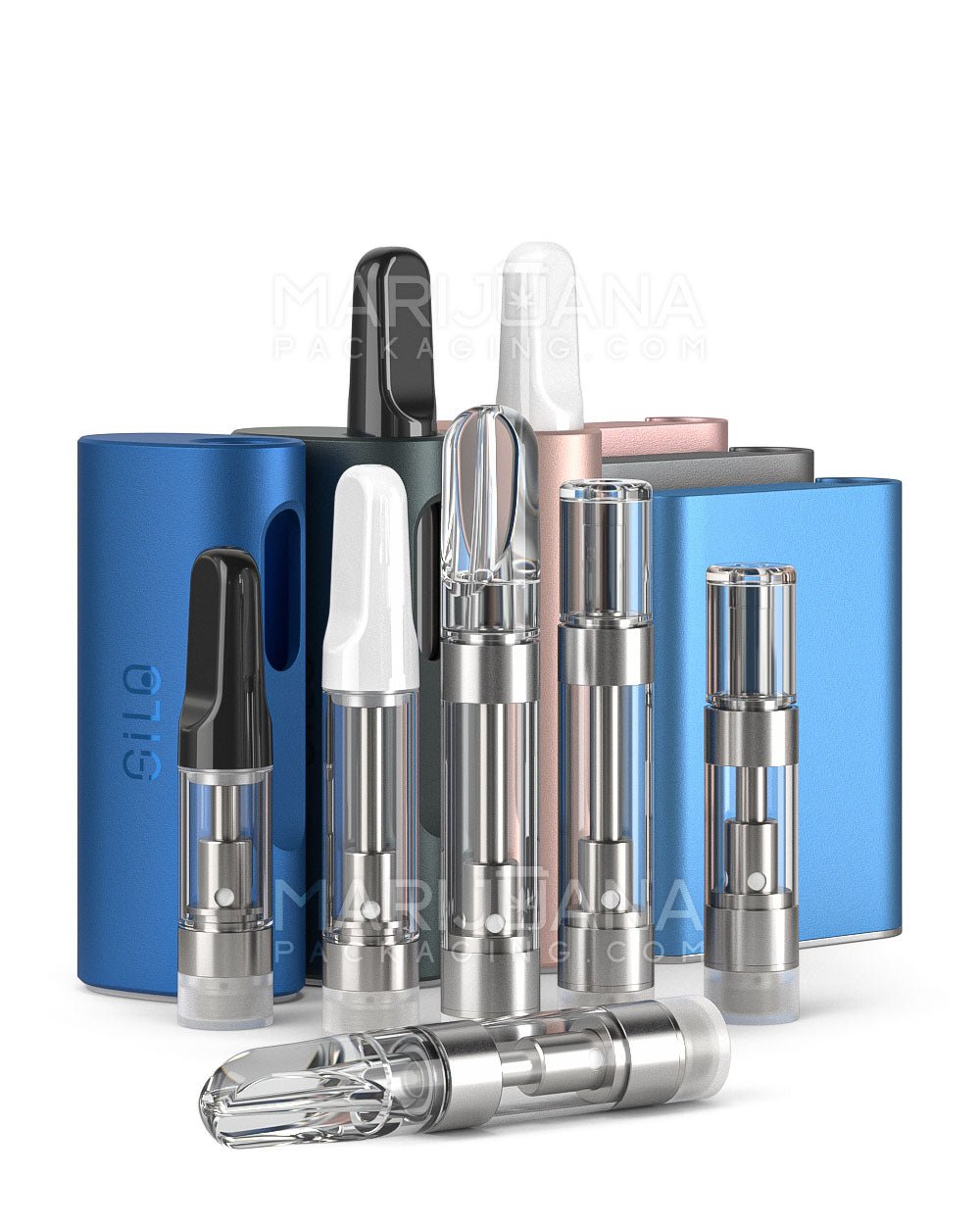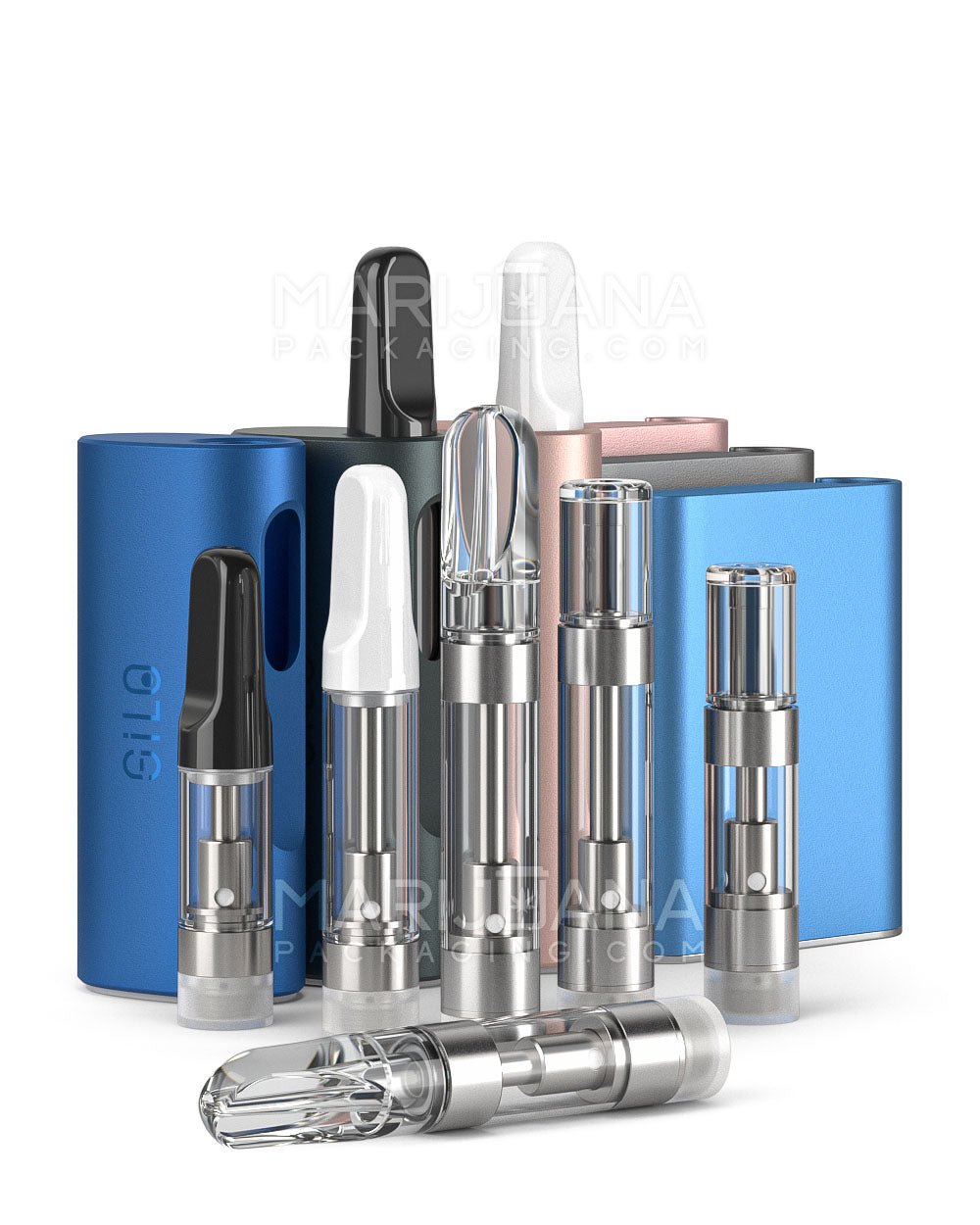The aerospace industry prioritizes safety above many other qualities, and the rationale behind this is easy to understand. There are severe consequences for failure which are best avoided. To do this, aerospace manufacturers and suppliers are investing in shock-absorbing packaging.
Shock-absorbing packaging offers many diverse benefits for aerospace sector stakeholders. This article will examine some of these benefits, but before that, we must examine notable aerospace protective packaging and why it stands out. Firstly, let’s discuss how packaging supports the aerospace industry.
How Packaging Supports the Aerospace Industry
Stakeholders in the packaging industry pay close attention to how accessories and components of their systems are transported, as this can have lasting effects. Noting the importance of keeping these items at the highest quality, their packaging is usually given a great deal of attention during transportation and storage.
In simpler terms, packaging solutions are made to withstand extreme conditions and remain intact throughout the supply chain. Following this trend, shock absorption is usually one of the top qualities considered when creating the right packaging for these delicate items. Therefore, the best aerospace logistics solutions are able to protect sensitive equipment from impacts.
Additionally, these packaging solutions often protect against extreme weather conditions. Weather conditions during transportation and storage can be unpredictable, and some pose a great threat to sensitive items. Aerospace packaging solutions often consider this phenomenon, expecting fluctuations, including turbulence, which necessitate adequate shock-absorbing qualities for these items.
Innovations and Advancements in Aerospace Packaging
Manufacturers and suppliers are continuously discovering improved materials to ensure that delicate components are protected from shock, impact, and vibrations during sudden movements. These innovations advancements include:
High-Density Foam
Foam inserts are common protection for delicate items in the packaging industry. However, the sensitive nature of aerospace accessories demands more effort from these inserts. Manufacturers are responding to this unique need by creating modern foams that provide superior shock absorption. Common options include polyurethane foams and cross-linked polyethylene (XLPE).
Additionally, these foam inserts are often used in multi-layered cushioning, which provides multiple degrees of protection for highly sensitive items. Multi-layer cushioning also ensures stability in a high-vibration environment, making it ideal for shipping and long-distance supply chains.
Gel-Based Cushioning
Another way to ensure vibration-resistant packaging is to use gel-based cushioning. These high-performance cushioning products use gel shock absorbers to distribute force evenly, reducing impacts on an item during sudden movements.
A similar option is fluid-based suspension systems, which are often used to package satellite components and space exploration gear. This option can be used solely or in addition to other packaging solutions to ensure adequate security for the objects being transported. They can work in an internal-external layers of protection form.
Smart Packaging Technology
Smart packaging technology is gradually taking over the packaging industry, proving that the future is not so far off. In a glimpse of what is to come, smart packaging provides an additional layer of security for aerospace items, ensuring they arrive at their destinations in great shape. For instance, some manufacturers incorporate sensors into the packaging to monitor it in real-time during transportation and storage.
The essence of smart packaging is that you can ensure that the quality of your package is not compromised. In addition to sensors that notify you of shocks, vibrations, and excessive force during handling, other options include RFID or NFC tags that let you track the package across thousands of miles.
How Shock-Absorbing Packaging Investments Pay Off
Manufacturers and suppliers in the aerospace industry are investing massively in shock-absorbing packaging for good reasons. In this section, we’ll examine some of these reasons, especially in relation to the problems they aim to solve. Let’s get right to it.
Safety and Regulatory Compliance
Any physical damage can affect the functionality of critical components, compromising the safety of lives and properties when used. Investing in shock-absorbing packaging reduces the chances of such damage occurring, ensuring the safety of aerospace equipment when in use. Besides, aviation safety agencies worldwide have set packaging requirements for aviation components, most of which shock-absorbing packaging helps to meet.
Reducing Cost
Manufacturers also invest in shock-absorbing packaging as an indirect way to save costs. This is how it works. If products are damaged during transit, the manufacturer may be obliged to replace them with new ones, adding avoidable costs to their expenses. The right packaging will ensure the minimization of impact damage, reducing the costs of replacing damaged components and failed shipments.
Improving Brand Image
In addition to replacement costs, damaged products can damage a brand’s image, and multiple occurrences can make the situation worse. As a stakeholder, you can invest in aerospace supply chain safety by using appropriate packaging to ensure products arrive at their destinations in the best quality.
Concluding Remarks on Shock-Absorbing Packaging in the Aerospace Industry
The trend towards shock-absorbing packaging in the aerospace industry is long overdue, especially as people become more enlightened on issues like aviation safety. Now that most stakeholders are adopting shock-absorbing packaging, a good way to stand out will be to explore sustainable materials for these items. Use biodegradable materials for your inserts and ensure your containers are recyclable or reusable. You can ensure your brand stays ahead by finding the right balance between following trends and setting new ones.







